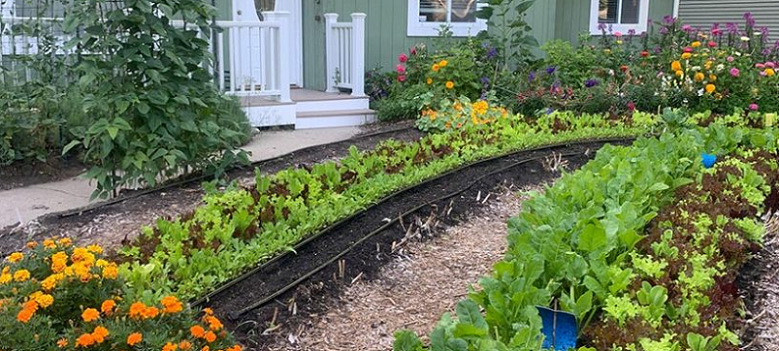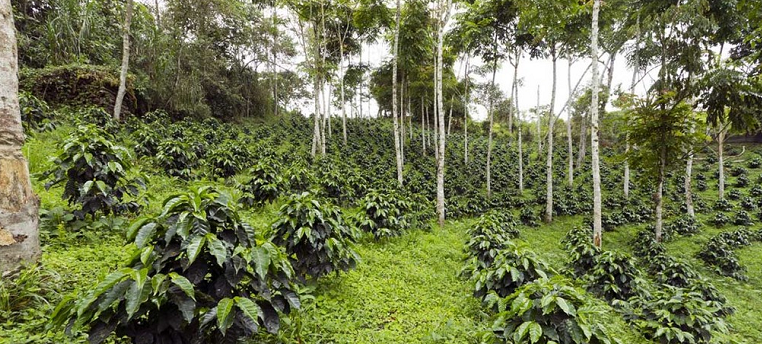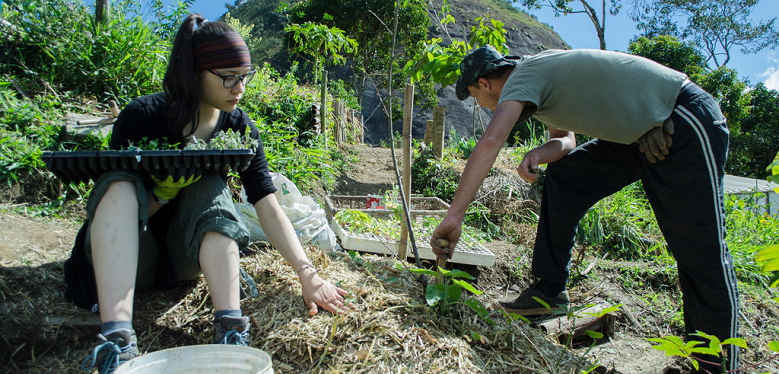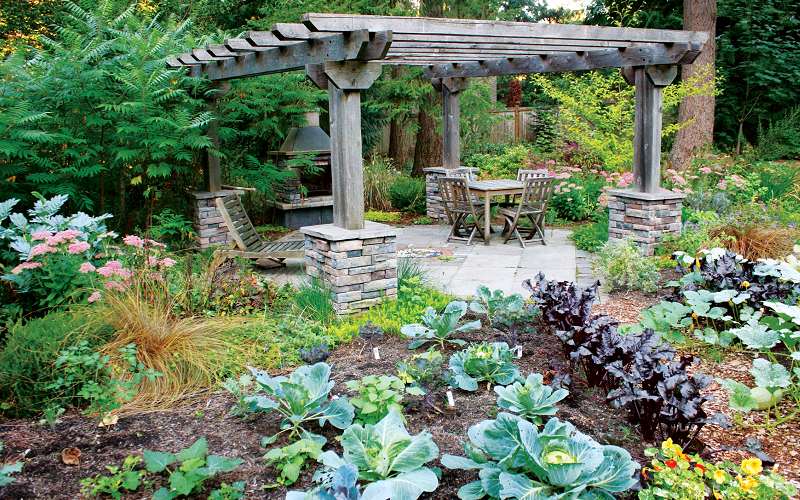Permaculture is a holistic approach to designing sustainable ecosystems that mimic the relationships found in nature. It emphasizes the use of renewable resources, conservation of energy and resources, and the creation of diverse and self-sufficient environments. This approach has been gaining popularity in recent years, as people seek ways to live more sustainably and in harmony with the environment.
What Is Permaculture?
Permaculture is a method of designing and maintaining sustainable ecosystems that mimic the relationships found in nature. It encompasses not only agriculture and food production, but also energy systems, housing, and community development. The goal of Permaculture is to create self-sufficient environments that use resources efficiently, conserve energy and resources, and promote biodiversity.
It emphasizes the use of renewable resources, and aims to create a harmonious relationship between humans and the natural world. Permaculture is not just about growing food, but about creating a holistic, sustainable way of life that benefits both the environment and the people who live within it.
Whether it’s applied in a backyard garden, on a farm, or in a community, Permaculture offers a path towards a more sustainable future for all.
Environmental Benefits of Permaculture
Permaculture has many environmental benefits, as it prioritizes the health of the ecosystem as a whole. One of the key environmental benefits of Permaculture is soil conservation and improvement. By incorporating practices such as composting, mulching, and intercropping, Permaculture can improve soil health and fertility, which can lead to greater plant productivity and resilience.
Water conservation and management is another important aspect of Permaculture. By utilizing techniques such as rainwater harvesting, swales, and terracing, Permaculture practitioners can capture and store water, reducing runoff and increasing water availability for plants and animals. This can also help to prevent soil erosion and improve soil health.

In addition to these specific practices, Permaculture also prioritizes the promotion of biodiversity. By creating diverse, self-sufficient ecosystems, Permaculture can help to preserve a range of species and their habitats, providing critical support for the overall health of the environment. Whether it’s through the use of pollinator-friendly plants, the creation of wildlife habitats, or the integration of companion planting techniques, Permaculture provides a range of tools and techniques for promoting biodiversity and supporting the health of the ecosystem.
Economic Benefits of Permaculture
Permaculture can offer numerous economic benefits, as it emphasizes self-sufficiency and the efficient use of resources. One of the key economic benefits of Permaculture is the reduced cost of living. By producing your own food, energy, and other resources, Permaculture practitioners can significantly reduce their expenses and increase their overall financial security.
Food security is another important economic benefit of Permaculture. By growing your own food, you can ensure a reliable source of fresh, healthy produce, regardless of fluctuations in the global food market. This can also reduce your dependence on grocery stores and other external sources of food, further increasing your financial security.
In addition to these specific benefits, Permaculture can also help to increase self-sufficiency. By learning how to use resources efficiently and create a sustainable, self-sufficient environment, Permaculture practitioners can develop valuable skills and knowledge that can be applied in a range of other areas, further increasing their financial security and independence.

Social Benefits of Permaculture
Permaculture can offer many social benefits, as it emphasizes community-building and collaboration. One of the key social benefits of Permaculture is the promotion of community. By working together to design and maintain sustainable ecosystems, Permaculture practitioners can develop strong relationships and a sense of community that extends beyond their shared interests.
Education and skill-sharing are also important social benefits of Permaculture. By learning from one another and sharing knowledge and experience, Permaculture practitioners can develop a wide range of skills and knowledge, from gardening and food production to energy systems and community development. This can help to build strong, resilient communities that are better equipped to navigate the challenges of modern life.
In addition to these specific benefits, Permaculture can also help to promote sustainability and environmental awareness. By learning about the interconnected relationships that exist in nature, Permaculture practitioners can develop a deeper appreciation for the environment and the role they play in it. This can help to inspire more sustainable behaviors and a greater commitment to environmental conservation.

Practical Applications of Permaculture
Permaculture can be applied in a variety of practical ways, and its principles can be adapted to fit a range of different environments and situations. Some of the most common practical applications of Permaculture include:
- Agriculture and food production: Permaculture can be applied to small-scale backyard gardens, large-scale farms, and everything in between. Its principles, such as companion planting, composting, and water conservation, can be used to produce a wide range of crops in a sustainable, efficient manner.
- Energy systems: Permaculture principles can also be applied to energy systems, from solar panels and wind turbines to more low-tech solutions like wood stoves and insulation. By utilizing renewable resources and reducing energy waste, Permaculture can help to create more sustainable and efficient energy systems.
- Housing: Permaculture principles can also be applied to housing, from the design and construction of buildings to the use of natural building materials and the integration of renewable energy systems. By creating more sustainable and efficient homes, Permaculture can help to reduce energy waste and increase overall comfort and quality of life.
- Community development: Permaculture can also be applied at the community level, from the design of public spaces and community gardens to the creation of intentional communities and co-housing developments. By fostering collaboration and community-building, Permaculture can help to create more sustainable and resilient communities.

